Moments in Mostar – first impressions of Bosnia and Herzegovina
Last updated July 5th, 2024
Bosnia and Herzegovina was a revelation for me when I first visited back in 2016 on my Career Break. I knew next to nothing about this country when I arrived in Mostar on a bus from Dubrovnik, but now it’s the first European country I urge people to check out if they are headed that way. These are just some of the stories I have from my time Mostar in the southern Herzegovina region.
But first, a coffee break
Pay attention now, drinking coffee is serious business in Bosnia and Herzegovina.
“If you drink coffee with me, then you become my family.” said Almir as he tipped the brightly coloured copper džezva towards me, filling the dainty white teacup with a thick, frothy brew. Almir is the owner of Hercegovina Hostel, my home for the next few days in Mostar, and after picking me up from the bus station, my first evening was spent lounging in the communal courtyard with a group of rag-tag backpackers from all over the world watching Almir show us how to properly partake in the coffee ritual, Bosnian style.
I am no coffee drinker – coffee was just what I had to make in the mornings to coax my father to give me a lift to school as a teenager – but I picked up a sugar cube like Almir had demonstrated, and dipped a corner into the unsweetened, unfiltered coffee, watching as it stained my cube brown. As the thick aroma infused my nostrils, I nipped off that stained corner as instructed and took a sip of the coffee, keeping the sugar in my mouth all the time.
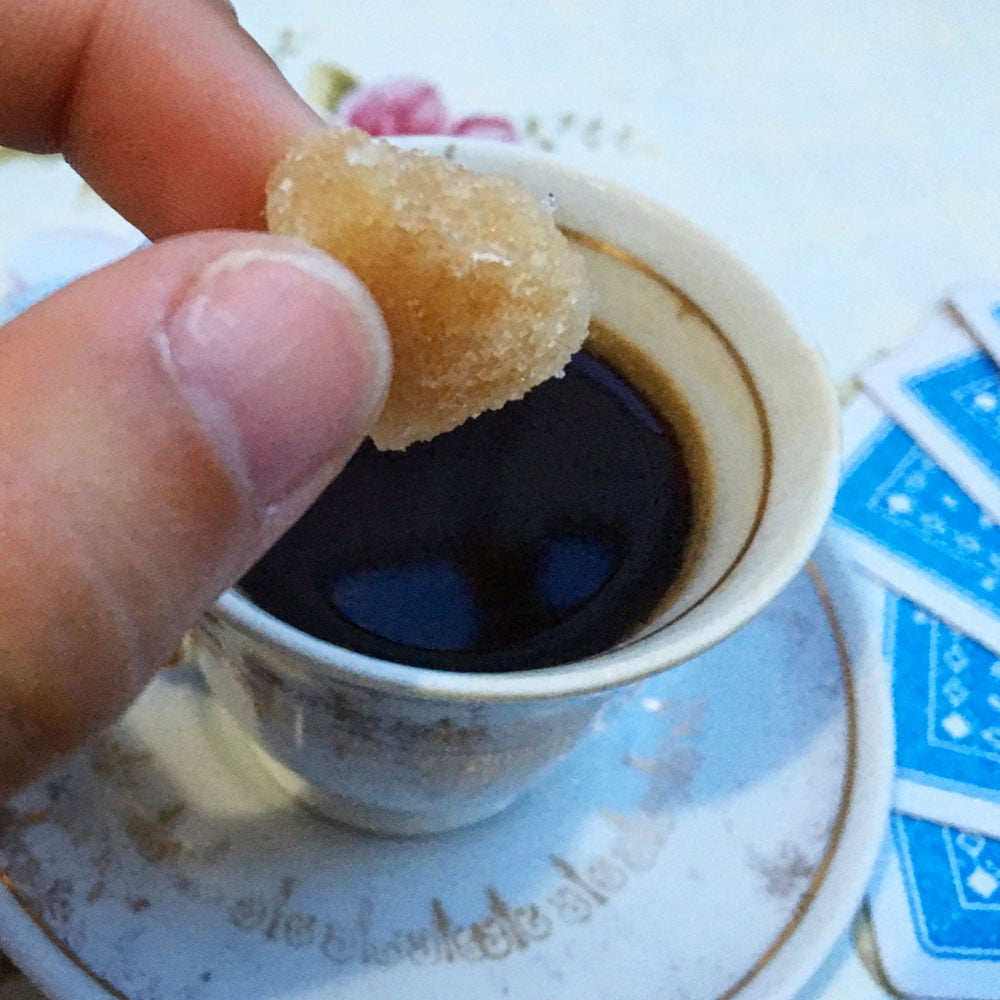
This deconstructed method of coffee drinking is meant to fully release the coffee flavours into one’s mouth, but honestly doesn’t make a difference to a drinker who can’t appreciate coffee in the first place. But I swallowed my mouthful dutifully despite the bitterness left on my tongue, wishing I had taken a larger bite of sugar to make it more palatable.
Almir tells us that it is not unusual to see the coffee shops around Bosnia and Herzegovina full of people throughout the day partaking in a coffee break or two, “it is why things move so slowly and we get so little done,” he says a little wryly. Satisfied that we were now properly initiated, Almir whipped out some sweet surprises for his new family – some Turkish delight and sliced chunks of watermelon to cap off my introduction to Bosnia and Herzegovina.
I really enjoyed my stay at the Hercegovina Hostel [booking.com affiliate link], a simple clean hostel where my dorm room of 5 beds (no bunk beds!) cost me just 20KM or S$15 per night. They came to personally pick me up from the bus station when I arrived to ensure I wouldn’t get lost and the hostel had a great communal atmosphere. Highly recommended!
The Insider Peek
“Where exactly did you say you were again?”
“I have no idea where that is on a map.”
“Herzego-where?”
– Excerpts of various Whatsapp conversations with friends when I said I was in Bosnia and Herzegovina
Bosnia and Herzegovina (Bosna i Hercegovina or BiH) is not a particularly popular tourist location, at least not for us Singaporeans who generally stick to the well-known Western European cities, the ‘safe’ and known destinations featured prominently as backdrops on TV shows with stellar outlet shopping malls or a ‘grammable foodie culture.

All I knew about Mostar when I decided to head there after two glorious weeks along the Croatian coast was that it was the logical country to be in as I made my way through the Balkans and up to the Baltic region. I didn’t know how long I would end up staying in this little country or how much I would end up loving it.
The fastest crash course to help me quickly learn about Bosnia and Herzegovina was right on my doorstep – I signed up for the Miran tour, named for an actual relative of Almir who ran a sister hostel called Hostel Miran. It’s a popular full day tour of Mostar’s sights that has garnered some pretty stellar TripAdvisor reviews.
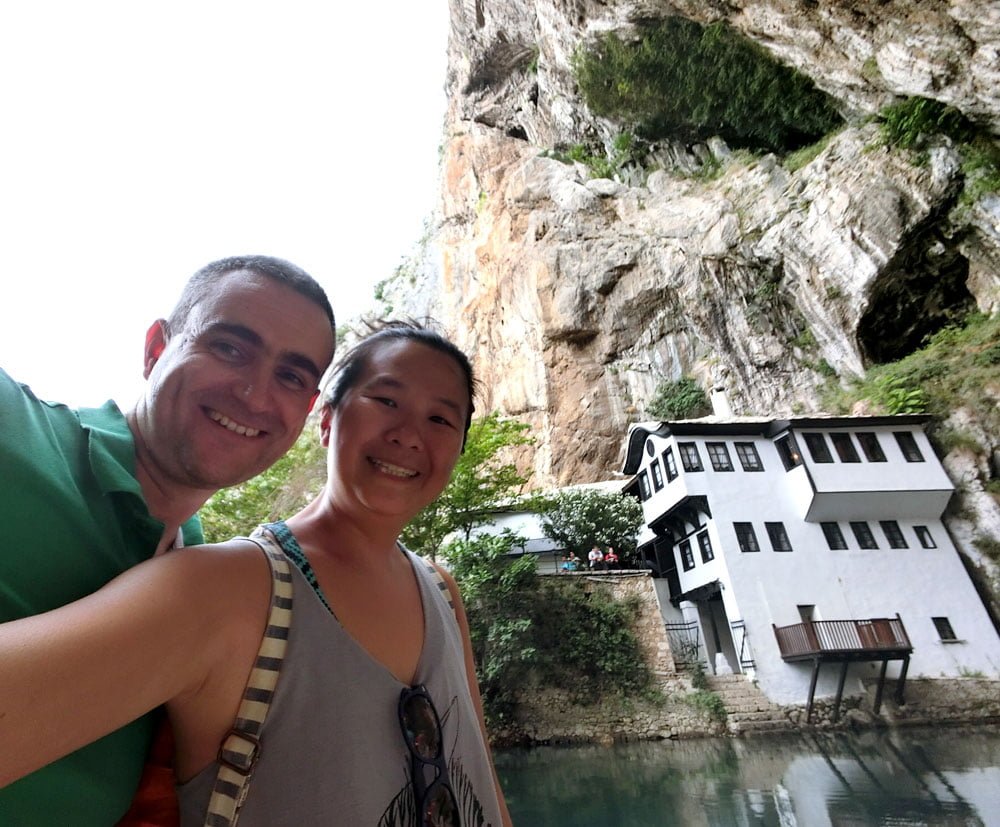
The tours are conducted by Miran himself, a strongly opinionated man who used to be a soldier in the Bosnian army, and there is a strange juxtaposition in listening to his intensely personal account of everything from the war that wrecked the country and his frustrations with the way some things are run, all while you take in the beautiful natural scenery of the Mostar landscape around you.
The day was a bit of a whirlwind as we zipped around Mostar’s top sights in Miran’s van – We visited a ‘secret bunker‘ where Miran was stationed at at some point during the war, so close yet so far from his family who didn’t know he was there, to the Dervish monastery Blagaj Tekija at the source of the beautiful Buna River.

We climbed up the ruins of Počitelj and took in the view from the Kuna, the highest point of this UNESCO fortress, and then leapt off a cliff into the chilly waters of the Kravice waterfalls. Finally, we looked down into the valley of Mostar from high up on Hum Hill, home to a controversial giant cross monument and a favourite spot for snipers in those times of strife.

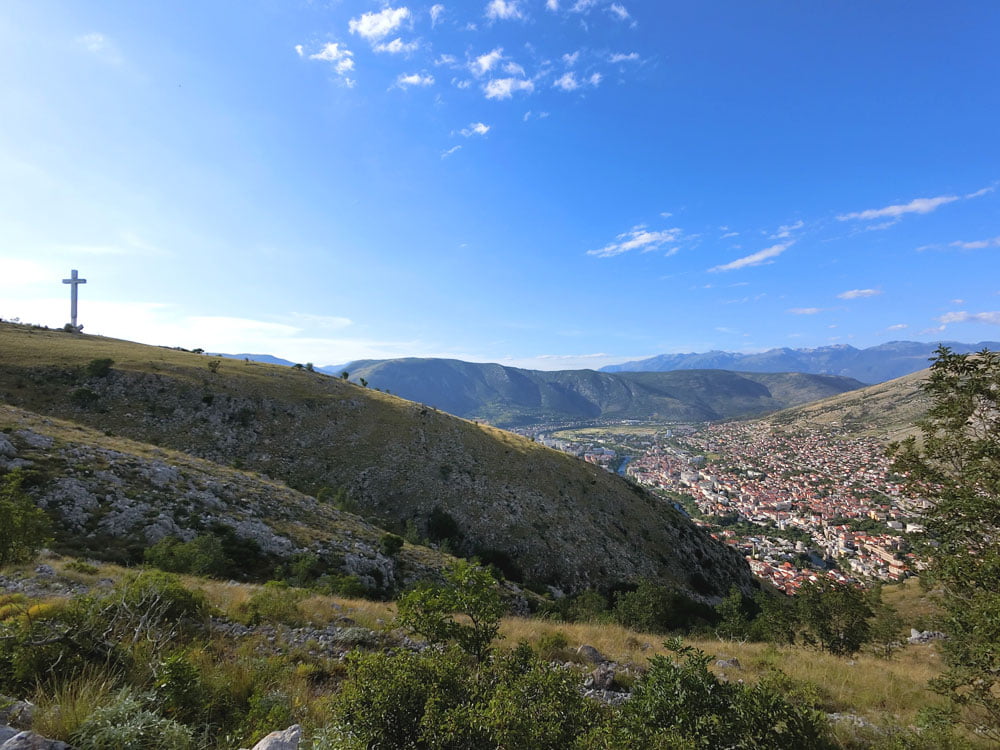
I may not remember all the facts that Miran left us with – that is what the lasting memory of the internet is for after all – but that man is a fantastic storyteller and such a character, and the tour only left me wanting to learn more about this fascinating country, a sentiment that I carried with me as I eventually moved on to Sarajevo and Konjic in the following days.
Miran’s Tour can be booked at Hostel Miran [booking.com affiliate link] and cost me 60KM or 30 Euros, about S$45 in total and covered transport for a full day to 5 different spots, but doesn’t include the entrance to the Blagaj Tekija (4KM) or lunch at the restaurant at Kravice (we shared a mixed grill and it came up to about 13KM/pax – pack your own food if you are on a budget).
Could you cover these places on your own for cheaper? If you wanted a bit more time and flexibility, hiring a taxi for the day will cost around 120KM per car, so it works out well if you have buddies to split the cost. Or public buses can get you to some of these spots for very cheap as well, around 2-3KM for a ticket, but there isn’t much signage and you’ll have to rely on helpful Bosniaks pointing you in the right direction and ensure you have enough time for infrequent bus schedules. I enjoyed Miran’s tour as an overview and for the man’s personality, and it’s a great option if you are short on time.
Bullet-riddled walls and other remnants of war
“We don’t forget.”
Along the streets of Mostar, buildings that are nothing more than piles of rubble are a common sight. Some buildings that were still building-shaped looked a little worse for wear; others had uneven lines of small holes splashed across the walls – I found out later that these were bullet holes, remnants of snipers shooting from the surrounding hills and the warfare that took place in the streets of Mostar in the 1990s. These buildings have been mostly left untouched since then, not a priority as the city scraps together its limited resources to meet more urgent needs first.
The Balkan war of the 1990s that I refer to continuously in this post basically happened in the 1980s-1990s and is also known as the Yugoslav war – a very simplified explanation is that the former Yugoslavia federation of six republics that was formed after World War II was once ruled by one President, Josip Tito. When he died in the 1980s, the loss of that central power, boiling ethnic tensions, and nations scrambling for independence, resulted in a massive upheaval and a great deal of bloodshed.
Bosnia and Herzegovina suffered most during the Bosnian War from 1992-1995 when they declared independence. I was surprised to learn that BiH actually consists 3 major ethnic groups – Muslim Bosniaks, Roman Catholic Croats and Orthodox Serbs, each represented in the country in a 3-way presidency today. I still hear Miran’s voice plainly saying in my head, “this is always why it’s hard for anything to get done because how do you get 3 different groups to agree unanimously on anything?”
Mostar was one of the worst hit areas in BiH as the city was under siege for almost 2 years, first allied with the Croats against the invading Serbs, and then fighting against their allies who had turned on them. “All the fighting happened here,” said Miran as he gestured at the houses of Mostar in the valley below us, “because they all wanted a piece of our country.” It’s kinda chilling to enjoy the beautiful views from the top of Hum Hill, and then look at the sniper nests and think about how they used that panoramic valley view to easily pick off targets, one by one.
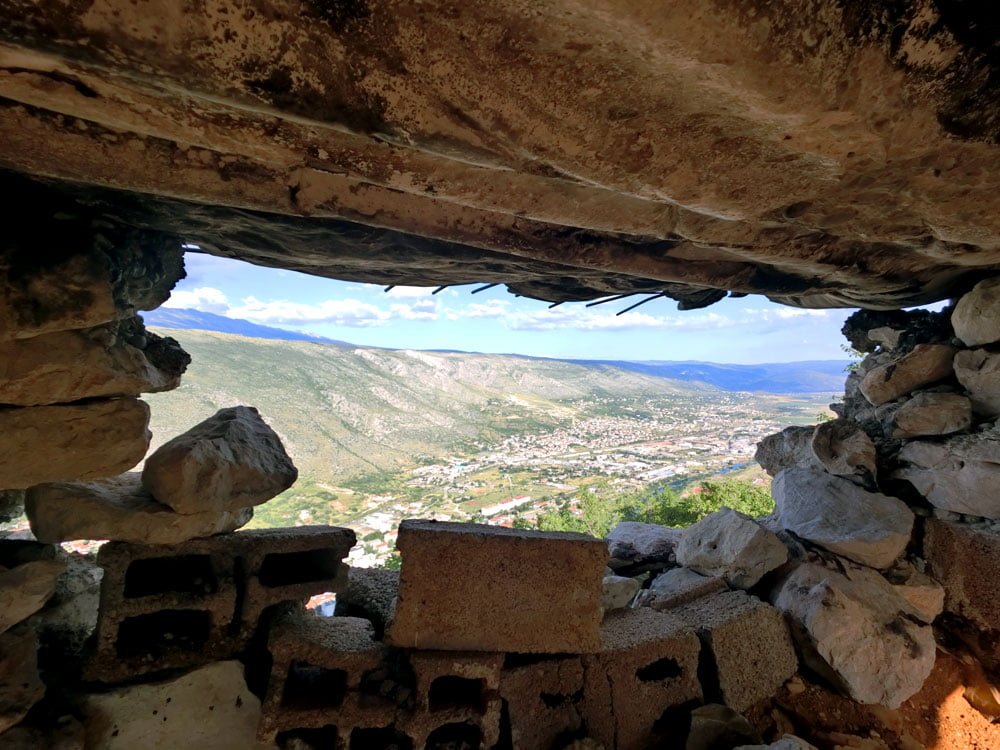
I remember hearing vaguely about Sarajevo on the news during the 1990s, but not of the atrocities in Mostar or anywhere else in BiH. While I knew objectively that the war happened, it’s hard to really comprehend the reality of war just by reading the newspapers or watching the news when I grew up in a time of peace, surrounded by the comfort and familiarity of a home in Singapore.
I definitely learned a lot just by hearing the stories from the Bosniaks, and seeing the remnants of war with my very own eyes. One sentiment that stuck with me throughout this journey was echoed throughout the museum write ups and the words of my guides: “Don’t forget”. Maybe someday the lessons from all this loss will finally, finally stick with us.
A random break for beer
How much did you say that cost again?
My favourite random story about Bosnia and Herzegovina comes from a moment in Mostar, hanging out with my Danish roommates and deciding to do the backpacker thing where we shared some bottles of beer from the supermarket instead of sitting down for more expensive pints at a bar.
We walked into the closest supermarket and I picked out the largest bottle of beer I could find for the group of us: a 2L (+500ml free, like the kind you get Coca Cola in) plastic bottle of local pivo that cost me just 2.60 KM – that’s roughly S$2 – that I paid for with the spare change in my pocket.
To give some context to non-Singaporeans, you can barely find a single can of beer for that price in Singaporean supermarkets, and a pint in a typical bar would probably cost about S$12 at least. You can imagine how my inner elation at scoring cheap beer.
And of course I waved off my roommates’ attempts to split the cost of the beer as any self-respecting person would.

Bosnia and Herzegovina is really quite affordable. You could get a pint of beer for that same price (2-3KM) in a restaurant, and nice restaurant meals usually cost about 10-15KM on average for a big plate of food – and street food is even cheaper. If you are on a budget, BiH is very kind to your wallet overall.
Taking the plunge
A show is about to begin
Mostar’s iconic bridge Stari Most is always crowded with tourists, who come to stand upon this pointed arch and enjoy the stunning views of the surrounding old town. As I clambered up to the midpoint of the bridge, a man started pulling off his clothes in the middle of the crowd and hopped up onto the railing of the bridge, clad only in skimpy briefs. No one was remotely alarmed by his strange actions, and instead started surging forward as one towards him. Curious, I edged forward with the crowd.

Mostar’s men have a tradition where boys leap off the 25m tall Stari Most into the depths of the cold, fast-flowing Neretva River below, and emerge with their manhood… or not – accidents have been known to happen. These days, the only people allowed to dive off the bridge are participants in the annual bridge diving competitions and the local members of the Stari Most Diving Club who are trained and well-practiced. Anyone else who really wants to dive has to pay a hefty fee and receive training from the club members beforehand. If they survive the plunge, they are rewarded with bragging rights and a certificate.
Typically, a dive by the locals only happens when the diver collects at least 25 euros in tips from the surrounding tourists, eagerly brandishing their cameras and ready to witness this amazing feat. This can take awhile depending on how giving your crowd is, but it was a generous crowd that day that soon had our diver climbing back over the ledge, lazily stretching his limbs and swinging his arms, cocking his neck from side to side as he prepared for the plunge.
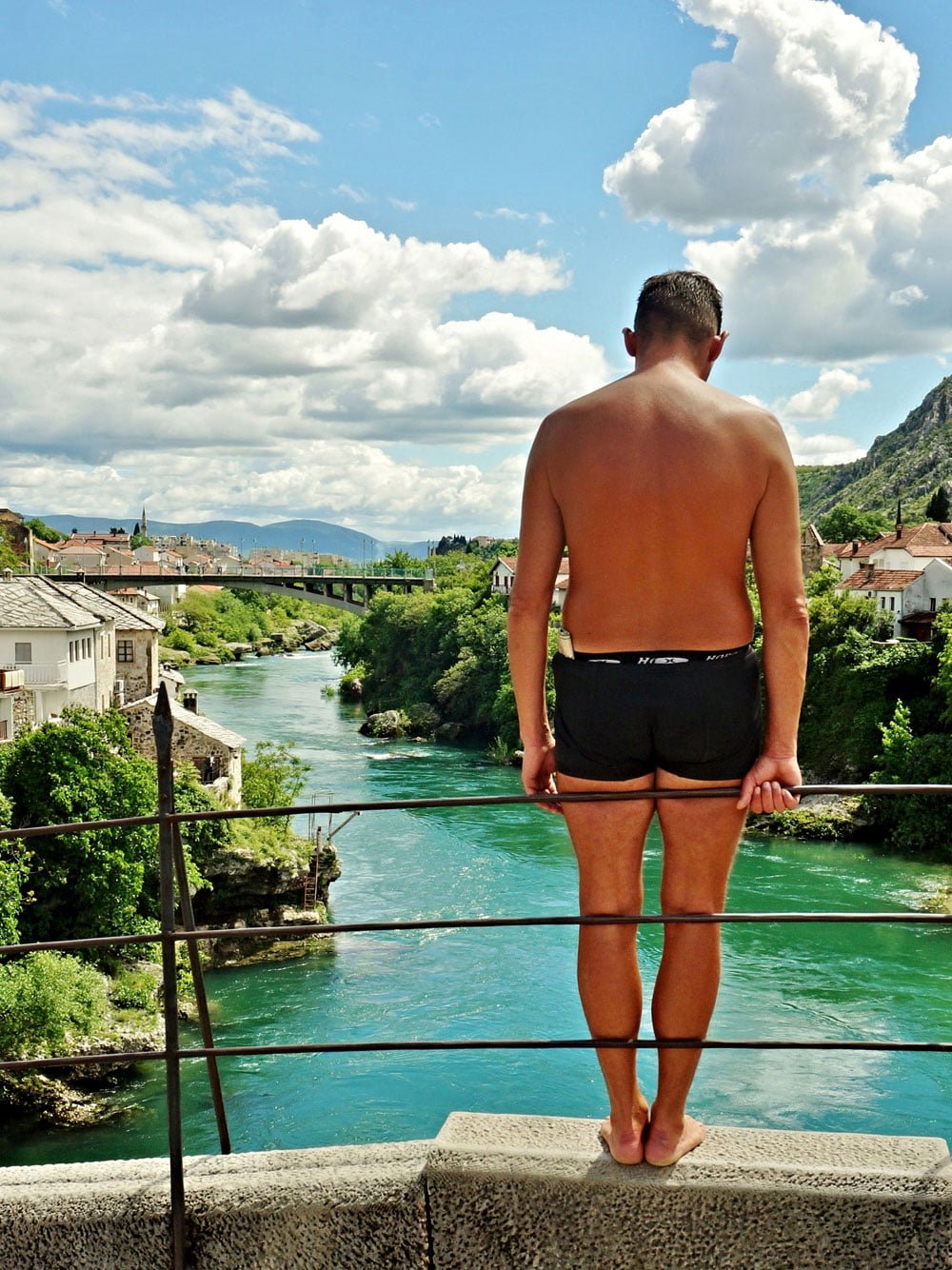
More people pressed forward to get a better view, many gingerly grabbing the railings as they tried not to lose their footing. This 16th Century Ottoman bridge was rebuilt with stone from the surrounding area and the recovered ruins of the original bridge after it was destroyed in the Bosnian War. For some reason, it is also remarkably slippery, and long footholds have been installed across the walkway to help pedestrians gain some traction, but it is still a precarious affair just to walk across the bridge, especially after a bout of rain.
The entire bridge dive process is a little bit of street theatre, as the seasoned diver teased the crowd a little, upping the anticipation of the crowd as more curious onlookers came along. Finally, he stood in position with his arms outstretched, still as a pillar with his head down. In the blink of an eye he tipped forward, knees tucked under his body and his arms by his side. The crowd gasped as he plunged into the river like an arrow, followed by twitters of relief as he emerged from the water with a wave and a casual shrug.
Just another day in the life of a Mostar bridge diver, a man who has earned his so-called manhood many times over.

With these stories in my memory, is it any wonder that Bosnia and Herzegovina has claimed a spot in my heart as one of my favourite places that I’ve visited? I hope to revisit this lovely country again and collect more stories in future.

Have you been to Mostar or Bosnia and Herzegovina? Tell me what you loved about it? Here are some of my other posts from the European leg of my career break:








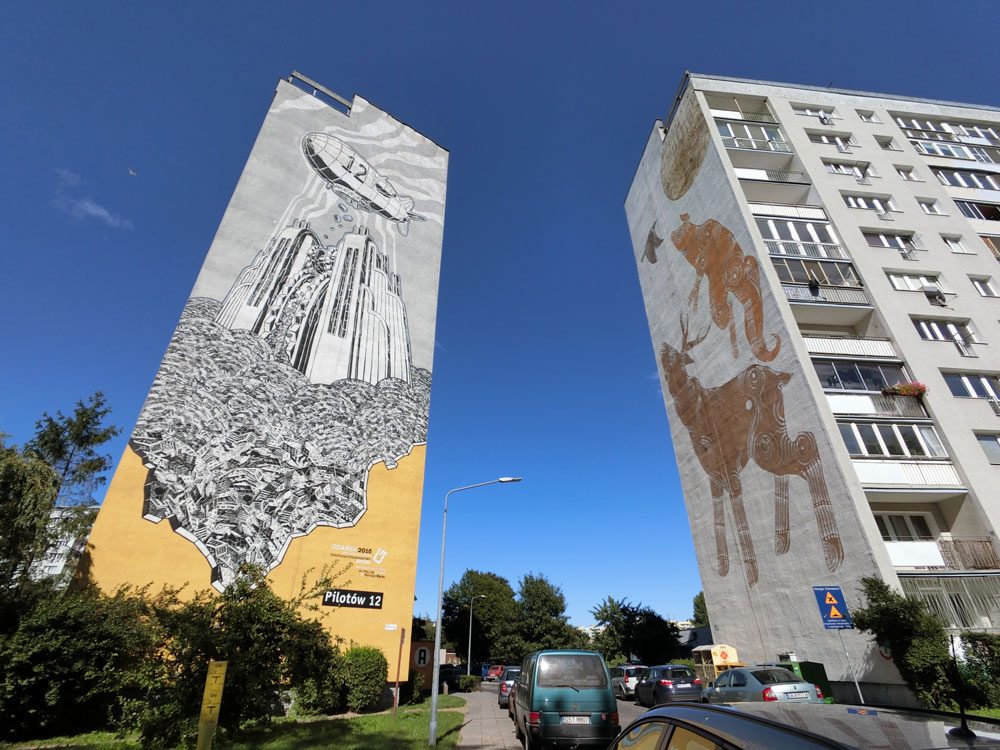


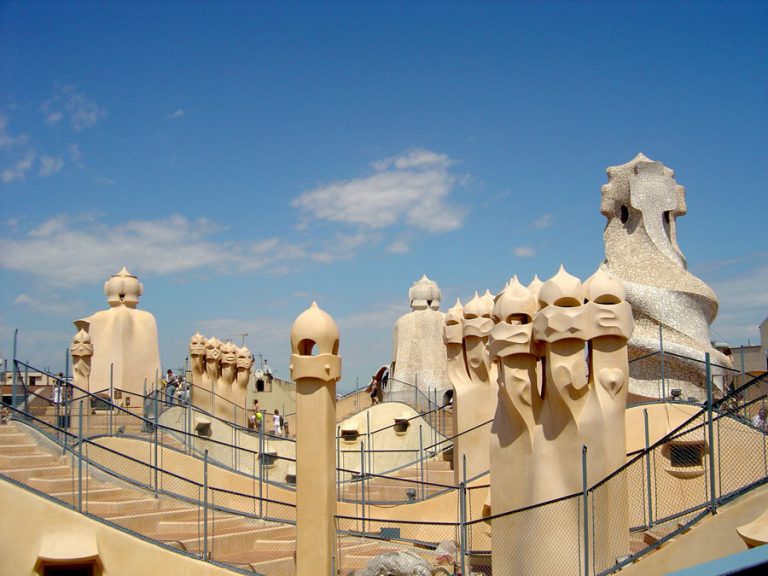
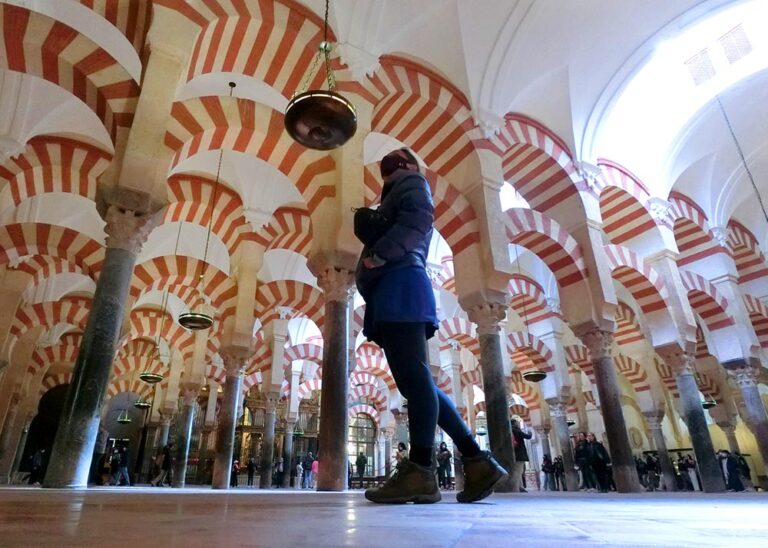
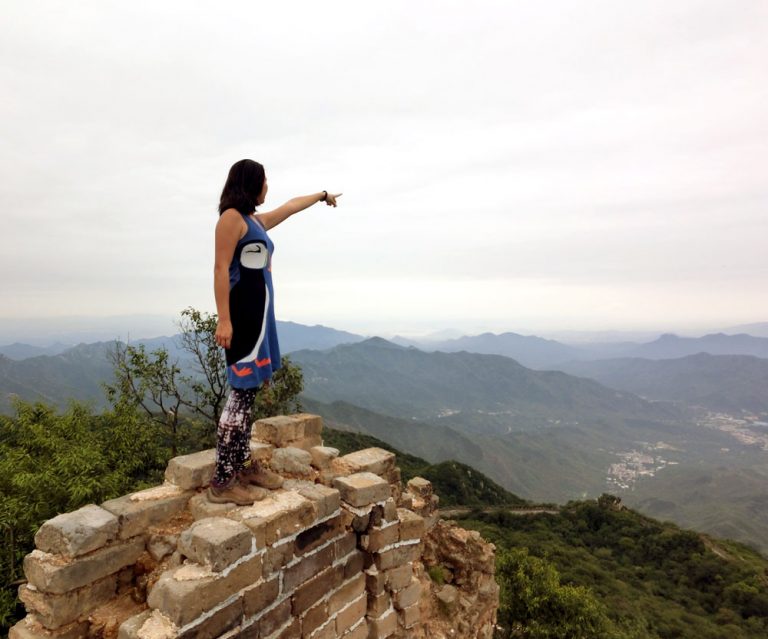
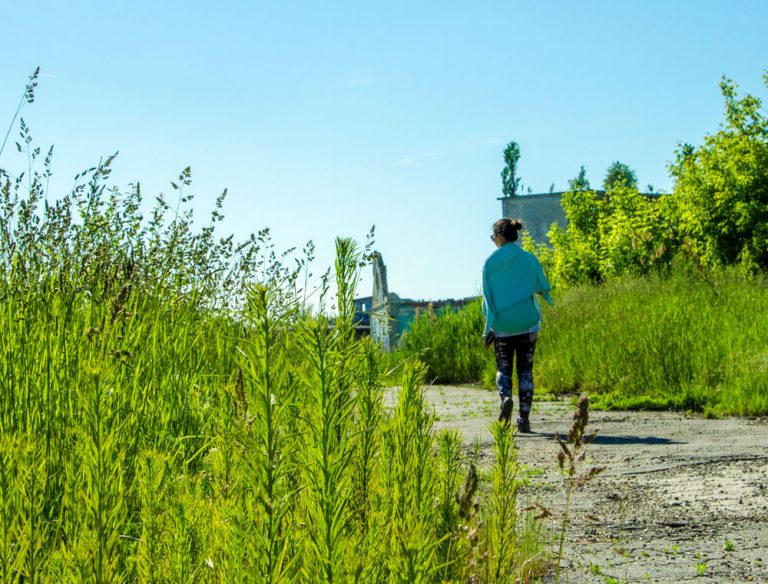
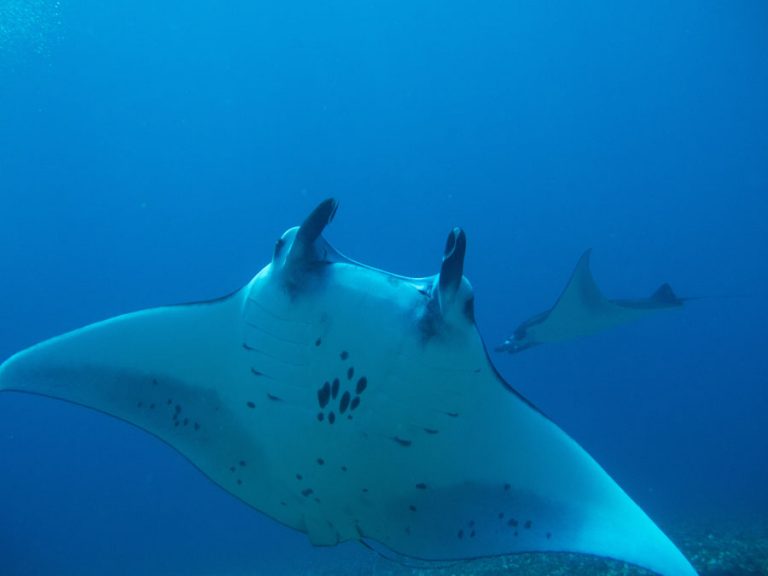
This is such a great post! Your writing style is beautiful and engaging, and you really captured Mostar here. I really appreciate the care with which you detailed the history of the region, as well as your cultural observations and personal experiences during your time there. I also appreciate that you analyzed the juxtaposition of the tourist experience in Bosnia and Herzegovina with the tragedy of the war there – as travelers I think it’s very important to consider the histories and cultures of the places we’re treading, and use this knowledge for self reflection, as you clearly did.
Anyway, loved reading this :) Thank you for sharing!
Thanks Alissa I’m glad you enjoyed reading my post :)
This is on my bucket list. Lots of good tios here!
hope you get to go there soon!